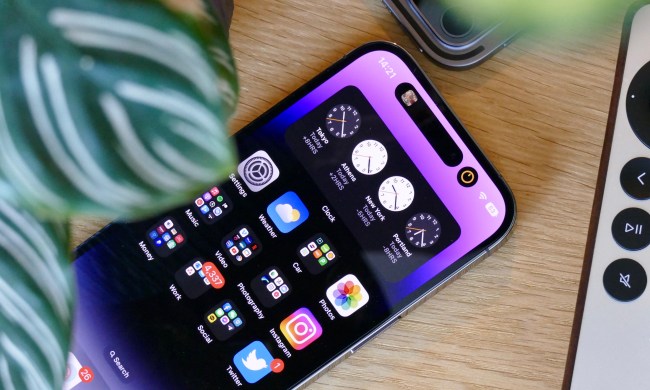
The update includes a new “Suggested Rotations” feature, which will basically help you rotate those sideways-oriented pictures quickly and easily. The suggestions will appear in the Assistant section of Google Photos, however it may take a few minutes, or even a few hours, to suggest a rotation.
The way it works is that you’ll be shown the picture in question and then asked if you want it rotated — pretty simple. The feature will make use of Google’s increasingly smart artificial intelligence, which will attempt to detect images that need to be rotated on its own.
To activate “suggested rotations” for yourself, simply head to the Settings screen and open the Assistant Cards section. Suggested Rotations will, assuming you have the latest version of Google Photos, be the last option on the list. In case you don’t have the option just yet, keep in mind that Google normally doesn’t roll out new feature to everyone at once — so hang tight, it should be available to you in the near future.
Google has been beefing up Photos with a number of new features of late. Most recently the app gained a feature allowing it to stabilize shaky Live Photos captured on an Apple device. The app has become extremely popular over the past year or so, and actually originated in Google+, Google’s somewhat failed social media network. After finding that many people were using Google+ only for Photos, Google began offering the feature as an app on its own.
If you haven’t already downloaded Google Photos for yourself, you can do so on both iOS and Android.



